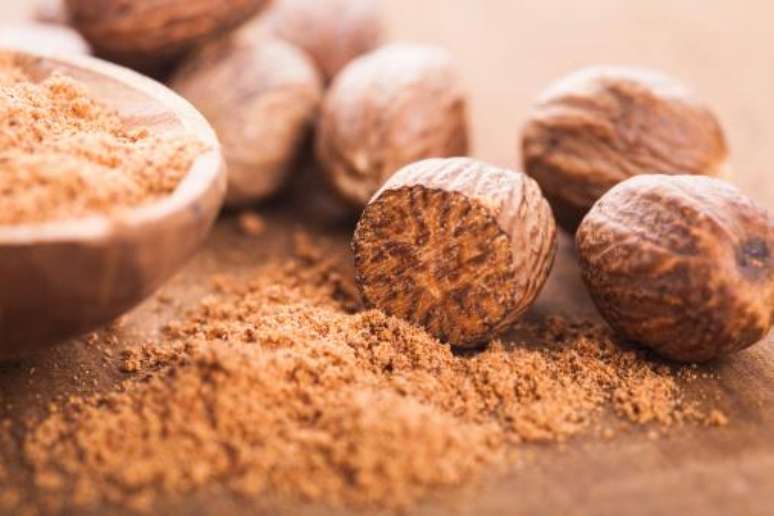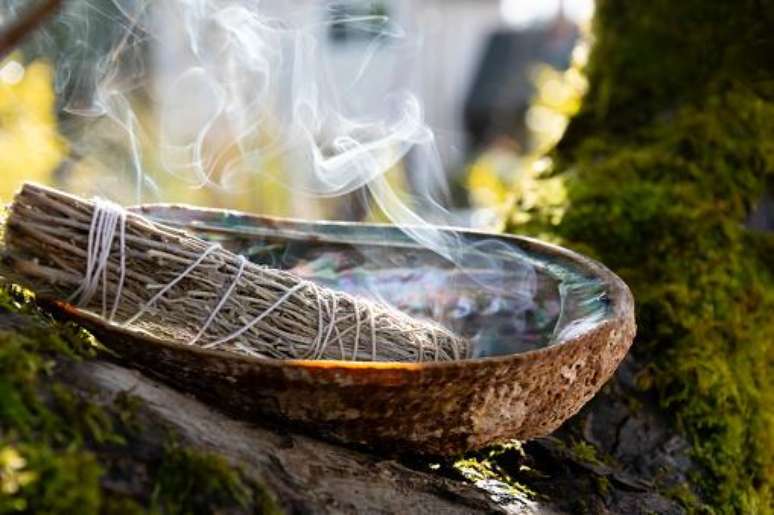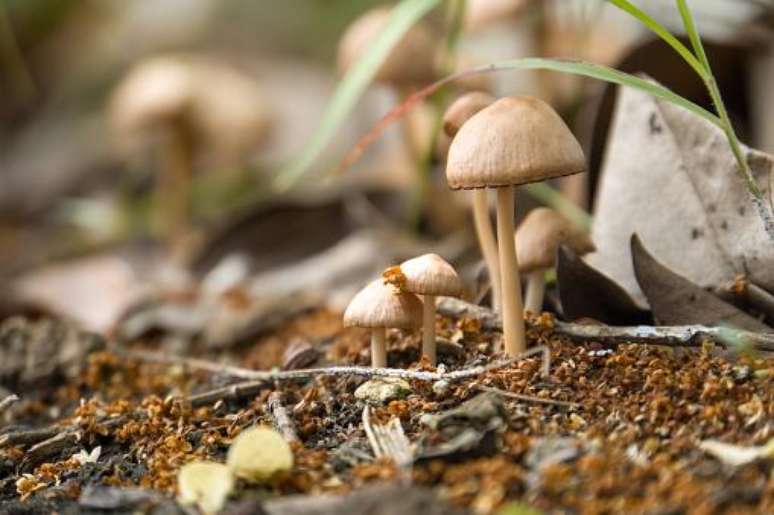Human beings have always looked for ways to alter their mental state, whether to relax or simply to experience new sensations. And, often, it was in nature itself that they found the tools to do so.
Throughout history, numerous substances have been tested for their hallucinogenic potential. Check out four such cases below.
1. Ergot
Cravagem is the Portuguese name given to ergot, which, in French, means “spur”. It is a disease caused by fungi that affect some herbs, causing the ear to rot before it reaches maturity.
When consumed by humans, ergot transmits a disease called ergotism, which can be fatal. Symptoms include hallucinations, delusions, muscle spasms, and seizures.
There is historical evidence to suggest that, in ancient Greece, a drink containing infected rye was consumed during the initiation rituals of the Eleusinian Mysteries, dedicated to the agricultural goddesses Demeter and Persephone. In the French Revolution, ergot may have had something to do with the episode known as the Great Fear, when peasants were terrified of their crops being stolen and rebelled against their masters.
2. Devil’s Chestnut

Devil’s chestnut (also called hawthorn) is a weed that gained attention in 2021 when it contaminated large amounts of spinach in Australia. People who ate the infected vegetable later described having hallucinations, blurred vision and abdominal cramps.
Like ergot, devil’s chestnut contains alkaloids. Some of them are toxic and can block neurotransmitters, affecting the nervous system and causing delirium, restlessness and confusion.
In the 16th century, a unit of British soldiers in Virginia experienced a massive collective hallucination while sharing a meal containing this plant. They undressed and allegedly began kissing. It was from then on that the herb became associated with the devil.
3. Nutmeg

Nutmeg is a spice sold and consumed in recipes around the world, including Brazil. And it was once considered one of the most valuable in the world. So much so that the Dutch East India Company enslaved the populations of the islands where it grew, punishing with death anyone who decided to plant it elsewhere.
It was always highly coveted, as it was believed to have medicinal powers. In the Middle Ages it was thought that it could ward off the bubonic plague. But nutmeg also contains myristicin, a compound that can alter the mind and cause hallucinations. Even today there are those who try to consume it in large quantities to obtain this effect.
4. Sage

Sage is a very well known Mexican plant here in Brazil. However, in its original “home”, it has a sacred character and is used to treat people with drug addiction. The ancestral belief is that sage is capable of curing humans from various ailments if consumed correctly.
The Mazatec people of southern Mexico often prepare rituals in which patients follow a strict diet and abstain from sex, alcohol, and certain foods, before they begin consuming sage. Supposedly, this would cause purification of the body.
Recently, science has started to show that this idea has some basis: sage is able to alter the level of dopamine in the brain, aiding in the treatment to quit cocaine addiction, for example, as the person would start to feel “off” ” ” of your body, reducing your suffering.
Source: Terra
Ben Stock is a lifestyle journalist and author at Gossipify. He writes about topics such as health, wellness, travel, food and home decor. He provides practical advice and inspiration to improve well-being, keeps readers up to date with latest lifestyle news and trends, known for his engaging writing style, in-depth analysis and unique perspectives.








